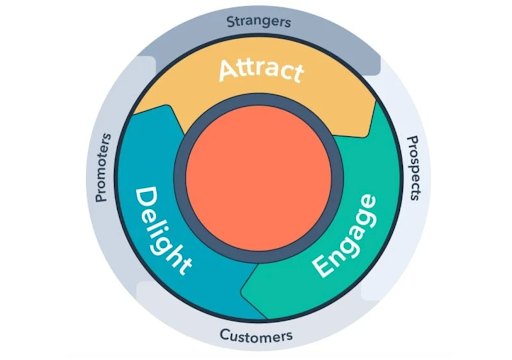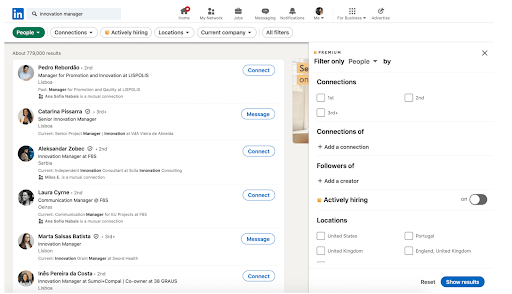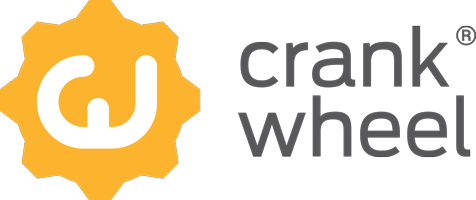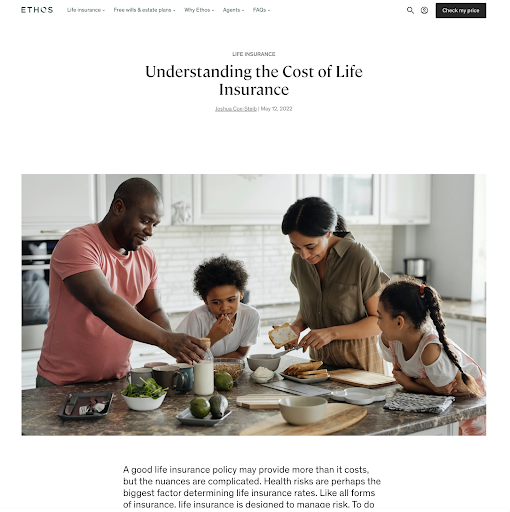Complete Guide to Building an Inbound Sales Funnel for Life & Health Insurance
No question about it, an inbound sales funnel is a favorite tool of sales and marketing teams to get more leads for life & health insurances. However, not every visitor to your website will convert through your sales funnel . But it can help you convert more people who are interested.

So, what’s the actual step-by-step process for developing a sales funnel for your business? How can you track a prospective client’s journey to become a loyal customer?
We’ve covered how to create one for your company, as well as the basic stages of your funnel.
How Does an ‘Inbound Sales Funnel” Work?
You should always have the buyer’s journey in mind while planning your inbound sales funnel. In layman’s terms, it consists of several steps that prospects must take to become customers. Although the process may vary based on the good, service, or company structure, the outcome is always the same: more sales.
Let’s start with the stages of the sales funnel:
- Awareness: This stage is quite self-explanatory since you have to attract the appropriate audience to your brand. At this point, you’re interacting with strangers who have no prior knowledge of your goods or services. Your goal is to draw them in using targeted digital ads, posting on social media, and optimizing your website and content for search engine visibility. Offer gated content such as a ‘Beginner’s Guide to Term vs. Whole Life’ or a ‘Health-Plan Cost Estimator’ to draw qualified readers.
- Convert: The next stage is to turn your website visitors into leads. Your customers may have unanswered queries and wish to get in touch with you. So, you can use calls-to-actions, landing sites, and relevant and targeted lead capture forms to understand their concerns. Infact, automated chatbots can also respond to the general questions a customer may have about your business. HIPAA-compliant chatbots or quote widgets can instantly answer coverage questions and capture essential health-profile data without forcing a phone call.
- Close: At this point, you can close your sales using lead nurturing with targeted advertising and content. So, you’re helping your consumers to make an informed purchase, this includes sending them tailored emails, giving them discounts, and providing them with helpful content. Send a personalized policy comparison PDF that highlights premiums, deductibles and riders, and invite prospects to a 15-minute video consult to clarify exclusions.
- Delight: To help your business expand, you must engage your customers at the last stage of the inbound funnel. Here’s where you hope your current clientele to become brand ambassadors. This means you should be expressing gratitude for their business and offering outstanding customer service so that they leave glowing reviews.

Source: Dripify.io
Pro-Tip: For insurers, track conversion rates by product type (e.g., critical-illness vs. life) to see where underwriting friction or compliance reviews slow deals.
Now that you know what you should expect to do at each stage of your inbound sales funnel, it’s time to focus on how to create it for your business.
Process of Setting Up an Inbound Sales Funnel: What Should You Consider
From drawing a customer to your website to closing a contract, the modern inbound sales funnel is rarely a straight line.
While every organization has different needs regarding the specifics of an inbound sales funnel, a fundamental structure serves as a starting point.

Source: Weidert
So, here are the steps you should follow to make sure your funnel is effective:
Understand Your Audience’s Needs and Preferences
Let’s bring in the stages we already discussed, in the beginning, we spoke about awareness. So, you have to ensure that your product/ service aligns with what the customer wants. This means you should be drawing in new customers to your company through paid and organic marketing techniques.
However, at that point, there will be a large number of leads generated by sales, not all of them will be quality leads. These are still customers who are doing their research because they are aware that they may have a problem, but they are unsure of how to solve it. We also call this the Top-of-the Funnel (ToFu) stage, since it’s the start of bringing in your customers to move down your funnel.
LinkedIn revealed that compared to just 49% of other sellers, over three-quarters (82%) of high performers say they “always” conduct research before contacting prospects. So, if
If you’re trying to really drill down, you can find the decision makers on LinkedIn that fit your ideal-client-profile. Once you’ve spotted key decision-makers, aim to deepen this connection by contacting on LInkedin or get emails from LinkedIn Sales Navigator. By obtaining direct contact details, you’re able to personalize your outreach more effectively and start genuine conversations that resonate.

Source: Brevo
For this reason, your content must be relevant to both your target audience and market. At this point, you can naturally nurture warm leads with a greater conversion rate with educational and SEO optimized content like blogs, podcasts, and social media posts to engage them.
Ethos’ blog is a great example on how to educate the audience on life-insurance product-related topics.
Nurture Your Qualified Leads
At this point, your prospects (qualified leads) are actively evaluating you in comparison to competitors. This is their chance to talk with a sales representative to who’ll be helping them make an informed choice. We call this stage MoFu (Middle-of-the Funnel) since your customers have moved down the tunnel to come to a decision.
Your goal is to convert your leads to that they feel involved in the process by reaching out potential clients with emails. Infact, even if there’s no response to the initial email, send a follow-up one making sure that you show that you care and you want to build that relationship.
Another practical way to nurture B2B leads is by connecting with them on LinkedIn. If you already have their email address, you can easily use it to find LinkedIn profile and send a personalized connection request, demonstrating that you’re interested in understanding their needs.
Establish trust—whether remotely via video call, phone, or face‑to‑face—by proving the information you provide helps prospects choose the right coverage. Share industry‑specific assets such as customer claim‑settlement case studies, premium‑savings calculators, HIPAA‑compliant email drips, and white papers that compare life, health, and critical‑illness riders. This tailored content speaks to each persona’s risk and budget concerns, reinforcing your authority and credibility.
When walking a prospect through premium scenarios, launch a quick screen-share with crankwheel so they can watch you adjust the calculator inputs in real time and ask clarifying questions on the spot.
One thing to consider: You can’t only think about new customers at this stage, what about your existing ones? So, make sure your current clients can also interact with your sales staff directly to ask questions and provide immediate feedback. If that continues, there can be opportunities for upselling.
Seal the Deal
The most lucrative area of the funnel is at the bottom, where there is the least amount of visitors compared to the top. The Bottom of the Funnel (BoFu) consists of your customers who are “buyers”. These are the people who have done their homework, they trust your good or service, and are willing to make the purchase.
So, it’s time to make sure the transaction goes through if everything else seems to be going well. In this case, effective communication is essential so you should be focusing on creating email automation campaigns that provide relevant content to your customer based on previous knowledge.
Sales representatives should take the lead to set up a demo or consultation to understand and meet the particular requirements of your prospects and guide them via a screen-sharing session using crankwheel.
Pro Tip: Once your sales funnel works, you shouldn’t just leave it at that. Now, you can look at the conversion rate data to check where you may have inefficiencies. You should be revisiting your sales process and improving any weak points to make sure you are aligning your sales or marketing strategies accordingly.
Understanding the Need for an Effective Inbound Sales Funnel
Remember that in today’s market, customers do a great deal of their research online and frequently want to interact with salespeople after they have made a choice to buy. So, it’s critical for your business ensure that the correct leads (clients) move along your inbound sales funnel at the right moment without wasting time.
It’s also important to keep in mind the evolving nature of your customers’ behavior to improve your inbound sales process and strategy. Otherwise, you may end up losing your clients if you’re not able to provide them with any value or benefit. The key is to always analyze, improve and adapt.
About the author
Eduard Klein is an International Digital Growth Marketer, Blogger, and Entrepreneur with a global mindset. He guides through the process of starting and growing a digital business, and riding the wave of digital technology and marketing without getting swept away.

